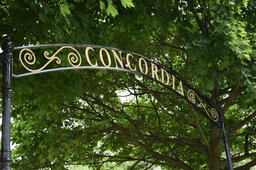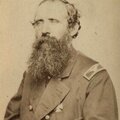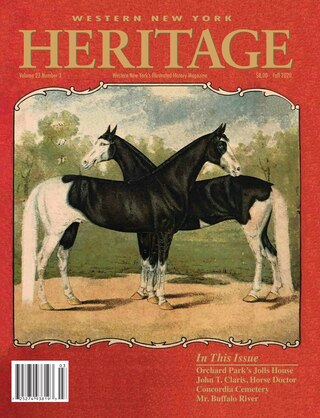Founded in 1859 by three German churches, Concordia Cemetery has served the changing East Side community ever since. Today, the stories of its “residents” continue to be preserved through a variety of efforts and events.
Historic Concordia Cemetery: Where Every Stone Tells a Story
The full content is available in the Fall 2020 Issue, or online with the purchase of:
If you have already purchased the product above, you can Sign In to access it.
Related Content










